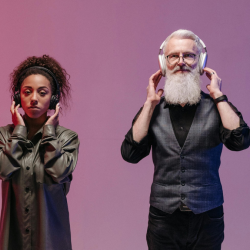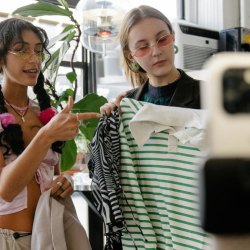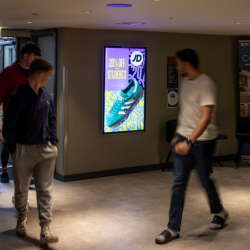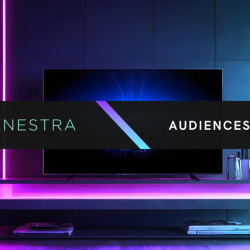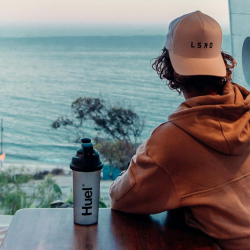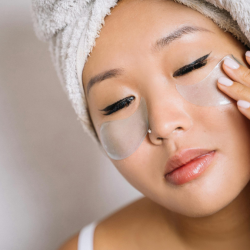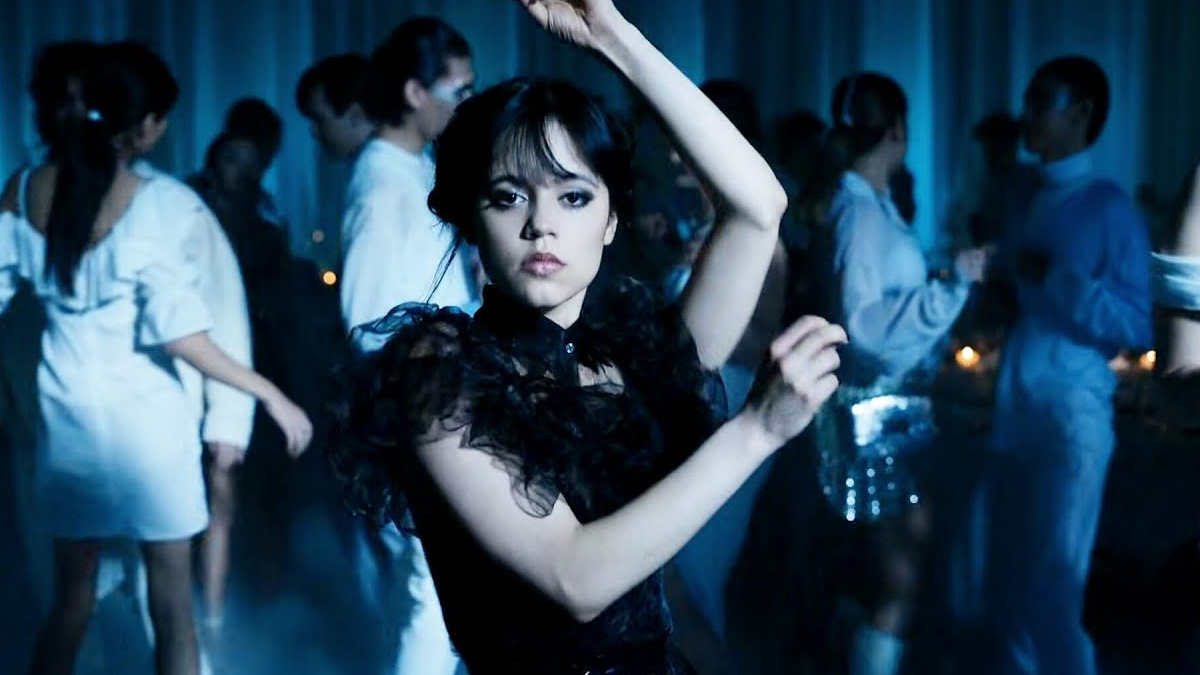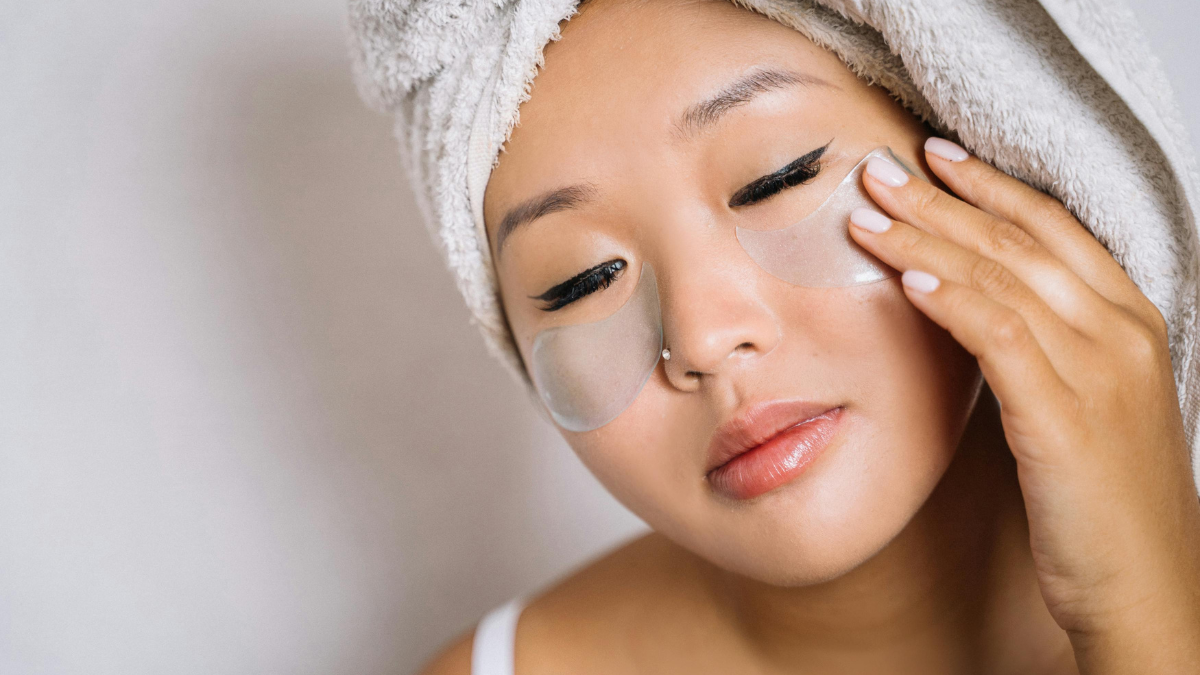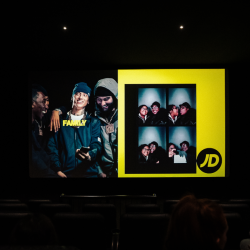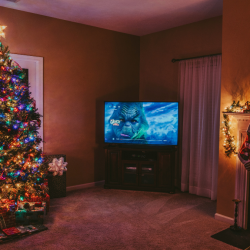Here’s a scene that many millennials will get: it’s 2010, exam season, and the revision fatigue’s hit, so you flick through several channels and settle on MTV Hits. After bobbing your head along to Katy Perry’s California Gurls, Mike Posner’s Cooler Than Me, or whatever else takes your fancy, you download it onto your MP3 player, feeling very on trend.
This is how we found music, film, or news 10 years ago, usually while consuming broadcast TV or radio. And with this image in mind, the changes that have taken place over the last decade are super clear. People are now less likely to say they typically discover new brands or products on most media channels, and that’s simply because there are far more than there used to be.
Unfortunately, few companies can afford to advertise everywhere a potential fan might look. So, if you don’t have the Barbie movie’s marketing budget, what do you do?
Customer obsession, but make it fun
As someone who works at an audience profiling company, my top tip is (surprise, surprise) to know your audience. And I don’t just mean their demographic breakdown; I mean their expectations across different media and platforms. Instagrammers stand out most for wanting brands to be young and trendy, and Redditors for seeking innovative and bold ideas (provided they match each subreddit’s vibe and writing style).
At the same time, our reasons for using each platform are always on-the-move. Video-based apps are increasingly being used for social media’s original purpose: messaging friends and family — with communication happening through memes, voice notes, and emojis; and there’s been a big rise in TikTokers saying they rely on the app for news updates and product research. All that might sound daunting, but clever partnerships can set the stage for an encore.
Now that the climb to fame tends to be bottom-up, it’s less about bringing in influencers to shout about what you’ve done, and more about working with them to create content or products designed with and for their fan base; in the hope these collabs will one day reach the proverbial ‘top’.
When chasing fame, the medium matters
Some spaces are also better at bringing what Derek Thompson calls ‘dark hits’ to light. While Brits reckon Facebook is the platform people spend the most time on, they think TikTok has the most influence in shaping cultural trends. That’s because the algorithm knows its audience, and more UK TikTokers participate in trends or branded hashtag challenges on the app than click on promoted posts. So, even when things ‘go viral’, they feel intimate and community-driven.
If you think you have a dark hit or spot a piece of content landing with a select group, it could be worth recreating it in a different format.
It’s likely that the Stranger Things and Wednesday fans who added Running Up That Hill or Goo Goo Muck to their Spotify playlists wouldn’t have gotten behind these songs had they heard them on the radio. It’s also likely that many had listened to and already shrugged them off, but hearing them in a new context struck a chord. Smaller brands should ultimately be ready to resurface old content that ties into current events; as a post that didn’t work in one space can be dusted off, given a fresh coat of paint, and become the talk of another town.
‘Trendjacking’ is perfectly legal
You can get exposure and access new communities by putting your own spin on trending content too. More Brits say they’d endorse a company that makes them feel like they’re taking part in something or that’s relevant to their friend’s interests than one they have a personal relationship with. Audiences want to be involved in popular conversations, which bodes well for those able to mirror and add to them.
When The Guardian‘s Rebecca Nicholson gave Buying London a zero-star rating, calling it ‘the most hateable TV show ever made’, Netflix promoted her review in a bid to stir ‘up drama, on and off screen’. Suddenly, it had an audience of TV critics excited to watch it, if only to agree with Nicholson’s comments.
And one of GWI’s most popular posts is a profile of 6′ 5″ blue-eyed men in finance, which builds on a funny and hugely popular clip created by Girl on Couch; in case you needed any more proof that followers enjoy unique takes on familiar topics.
Fame comes in all shapes and sizes
Today, 1 in 4 UK teens believe that anyone can be famous, with influencer/content creator being one of the most common job titles we see among Gen Z in our research. Clearly, the road to fame isn’t guarded anymore, but it’s full of twists and turns. Especially for those with smaller networks, capturing a bigger spotlight relies on sharing the right message with the right audience on the right medium at the right time.
From a glass half full perspective, this has only fueled more creativity, personalisation, and swathes of people determined to keep on shooting.
Featured image: Wednesday / Netflix
